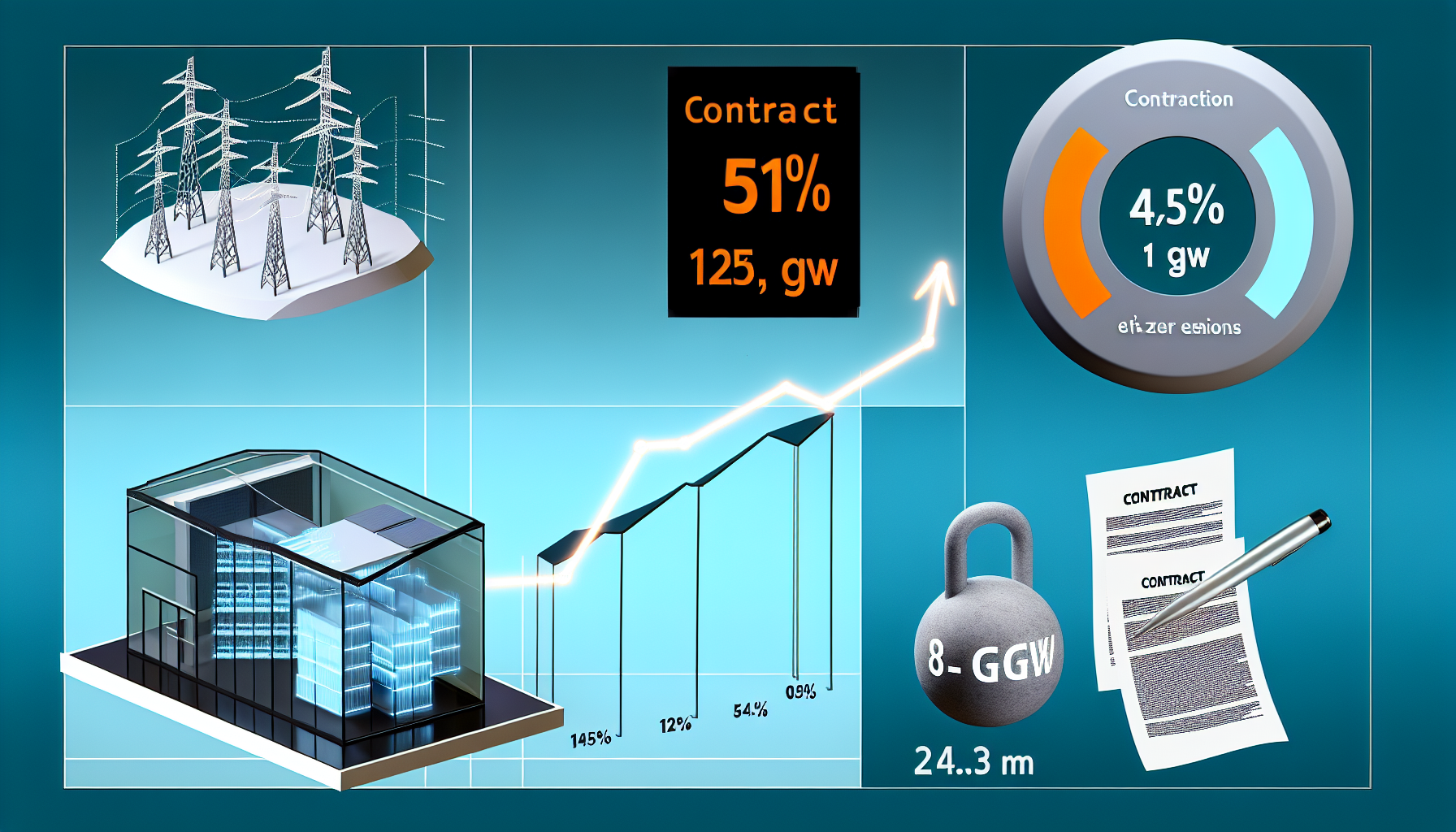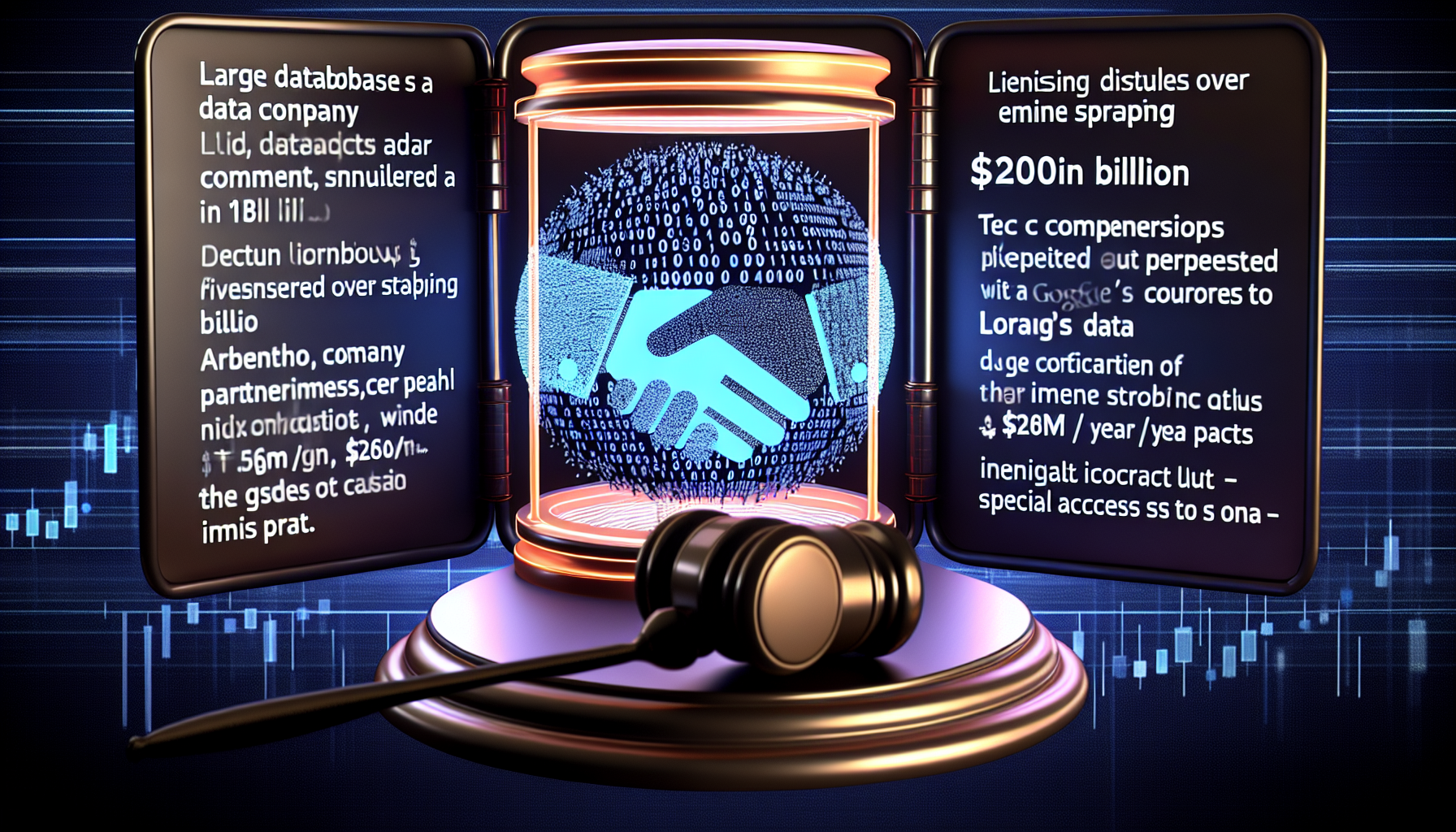Google has updated its sustainability website, adjusting language and presentation while reiterating its net-zero pledge as a 2030 objective amid fast-rising emissions. The company’s 2025 Environmental Report removes prior wording that implied present-day operational carbon neutrality, reflecting a strategic pivot in how progress is framed and measured. [1] The current sustainability site now emphasizes a 2030 net-zero goal and the complexity of reducing absolute emissions as Google’s infrastructure expands. [3]
The numbers underscore that tension. Google’s total greenhouse gas emissions are up 51% since 2019, a rise tied largely to supply chain and infrastructure growth. [3] Annual emissions reached 14.3 million metric tons of CO2e in 2023, even before the newest wave of AI-driven capacity additions. [2] Yet the company reports a 12% reduction in data-center energy emissions in 2024, alongside 2.5 GW of new clean energy coming online and a 27% jump in electricity demand. [1]
Key Takeaways
– shows Google updated sustainability pages, reframing the net-zero pledge as a 2030 objective while stripping older carbon-neutral claims amid rising emissions. – reveals overall emissions climbed 51% since 2019, reaching 14.3 million metric tons in 2023, despite a 12% drop in data-center energy emissions. – demonstrates clean-energy procurement momentum with over 8 GW contracted and 2.5 GW brought online, even as electricity demand surged 27% driven by AI workloads. – indicates scope‑3 emissions rose 22% year over year, underscoring supply-chain exposure and the difficulty of absolute reductions during hyperscale infrastructure expansion. – suggests offset-heavy strategies are waning; Google ended large-scale purchases and now leans on costlier removals, with leadership calling the 2030 path “complex.”
Why Google altered its net-zero pledge wording
Google’s 10th annual Environmental Report, published June 27, 2025, removed language that previously suggested operational carbon neutrality, instead foregrounding a destination: net zero by 2030. The company’s Chief Sustainability Officer, Kate Brandt, called the route to that goal “complex,” a notable recalibration in tone from earlier years. [1] On its sustainability site, Google now leads with the 2030 net-zero objective and detailed operational metrics, rather than broad claims about current neutrality. [3]
That pivot follows a substantive accounting change reported earlier: in July 2024, Bloomberg noted Google had stopped claiming operational carbon neutrality after ending large-scale purchases of offsets. The move accompanied Alphabet’s broader shift to a 2030 net-zero target across its footprint. [2] Analysts cited AI-driven data-center growth as a structural headwind, raising questions about how quickly absolute emissions can fall as workloads surge. [2]
Put simply, Google is reframing the narrative to align with the math. Reducing emissions in a period of rapid capacity expansion requires not only efficiency gains and clean energy, but also credible pathways for supply-chain emissions that have historically been addressed with offsets. [2]
Emissions accounting: the 51% rise since 2019
Google’s own sustainability pages acknowledge a 51% increase in total emissions since 2019, highlighting the steep challenge of achieving absolute reductions while building AI-era infrastructure and supply chains. The company points to scope‑3 emissions as a central pain point that will require supplier partnerships and technology breakthroughs to abate. [3] Those dynamics were visible in 2023, when total emissions hit 14.3 million metric tons CO2e, a level that reflects both operational growth and upstream inputs. [2]
Scope‑3 trends sharpen the picture. ESG Dive reported that Google’s scope‑3 emissions rose 22% year over year, reinforcing the idea that procurement, manufacturing, and logistics dominate the remaining decarbonization challenge. That year-on-year spike complicates the trajectory toward 2030, because it suggests upstream emissions can outpace on-site efficiency gains when infrastructure is scaling rapidly. [4] Managing this gap will be essential if the company is to convert its pledge into absolute reductions at the enterprise level. [3]
Data-center efficiency gains vs 27% electricity demand jump
The 2025 Environmental Report touts a 12% reduction in data-center energy emissions across 2024, crediting efficiency measures and cleaner procurement. That achievement matters, because the data center is the heart of Google’s AI expansion and the single largest driver of electricity use. [1] Still, the report also shows a 27% increase in electricity demand, reflecting the scale of AI workloads and the parallel need to bring new clean generation onto the grid. [1]
To that end, Google says 2.5 GW of clean energy was brought online, a material step toward decarbonizing its load, while the company maintains over 8 GW of clean energy under contract globally. Those long-term contracts aim to keep pace with demand while tilting the generation mix away from fossil fuels. [1] The sustainability site adds that Google has replenished 4.5 billion gallons of water, an important counterbalance as data-center growth raises questions about local resource impacts and climate resilience. [3]
These gains coexist with structural headwinds. Analysts have cautioned that AI-driven demand growth makes absolute emissions reductions harder, even for firms deploying record amounts of clean power and efficiency upgrades. That is why recent strategy shifts have emphasized carbon removal and more targeted interventions over legacy offset programs, which are now viewed as insufficient to deliver deep decarbonization. [5]
Contracts, offsets, and the credibility test
Procurement is accelerating, but credibility depends on more than headline gigawatts. Google has inked more than 8 GW of clean-energy contracts, signaling strong pipeline visibility across multiple markets—yet contracts must convert to delivered, time-matched electricity to bend absolute emissions downward. [3] The company brought 2.5 GW online in the latest reporting period, a concrete flow of new generation that begins to offset rising load but must scale further to counteract growth. [1]
At the same time, Google has moved away from the offset-heavy playbook that underpinned earlier carbon-neutral claims, ending large-scale purchases and stepping back from marketing present-day neutrality. That shift triggered the removal of prior wording and the reframing of targets on the sustainability site. [2] As firms recalibrate, costlier carbon removal options—durable storage technologies rather than short-lived offsets—are becoming a larger part of the conversation, though analysts warn these alone cannot overcome rapid demand growth. [5]
Bloomberg’s analysis also noted skepticism about whether current carbon-removal pathways can scale fast enough to counterbalance AI-era emissions, particularly scope‑3 sources. That skepticism reinforces the need for quantifiable progress in supply-chain decarbonization, not just operational efficiency. [2] The credibility test for Google’s net-zero pathway will be visible in year-over-year reductions in absolute emissions and the pace at which contracted clean power translates into real, delivered megawatt-hours. [3]
What the net-zero pledge means for AI growth and 2030
The company’s leadership has called the path to 2030 “complex,” an acknowledgment that decarbonizing at Google’s scale is entangled with grid constraints, supply-chain bottlenecks, and the physics of hyperscale computing. Complexity is not a plan—but quantifiable milestones are, and Google’s 2025 report steps toward clearer, data-led accountability. [1] Experts nonetheless warn that achieving net zero by 2030 remains highly uncertain, a warning that will persist until absolute emissions turn decisively downward. [4]
AI demand is the key variable. Analysts highlighted that data-center growth tied to AI training and inference is pushing energy consumption and upstream manufacturing, complicating the emissions curve even as efficiency improves. That dynamic helps explain why total emissions rose to 14.3 million metric tons in 2023 and why electricity demand jumped 27% even in a year with a 12% data-center energy emissions reduction. [2] In other words, the slope of growth is outpacing the slope of decarbonization, forcing a rethink of pledges, messaging, and milestones. [1]
How to track the net-zero pledge over the next 12 months
For stakeholders evaluating credibility, several measurable indicators stand out. First, watch the ratio of contracted clean energy to projects actually brought online; the latest 2.5 GW online against 8+ GW contracted offers a baseline for conversion rates. [1] Second, monitor the year-over-year trend in total emissions relative to the 51% increase since 2019; a sustained decline would signal progress on absolute reductions. [3]
Third, track scope‑3 movements, especially the 22% year-over-year rise flagged by ESG analysts; stabilization or decline would indicate meaningful supply-chain traction. [4] Finally, watch operational metrics—data-center energy emissions and electricity demand—to gauge whether efficiency and clean power are outpacing AI-driven load growth. The company’s own framing acknowledges that a credible 2030 timeline requires evidence that these lines are crossing in the right direction. [1]
Sources: [1] Google Blog – Read Google’s 10th annual Environmental Report: https://blog.google/outreach-initiatives/sustainability/environmental-report-2025/ [2] Bloomberg – Google Is No Longer Claiming to Be Carbon Neutral: www.bloomberg.com/news/articles/2024-07-08/google-is-no-longer-claiming-to-be-carbon-neutral” target=”_blank” rel=”nofollow noopener noreferrer”>https://www.bloomberg.com/news/articles/2024-07-08/google-is-no-longer-claiming-to-be-carbon-neutral [3] Google Sustainability – 2025 Environmental Report: https://sustainability.google/google-2025-environmental-report/ [4] ESG Dive – Google’s emissions still rising, despite data center decarbonization, energy procurement progress: www.esgdive.com/news/googles-emissions-rise-despite-data-center-decarbonization-ppas-environmental-report-2025/752236/” target=”_blank” rel=”nofollow noopener noreferrer”>https://www.esgdive.com/news/googles-emissions-rise-despite-data-center-decarbonization-ppas-environmental-report-2025/752236/ [5] Forbes – Why Big Corporations Are Quietly Abandoning Their Climate Commitments?: www.forbes.com/sites/jemmagreen/2024/08/29/why-big-corporations-are-quietly-abandoning-their-climate-commitments/” target=”_blank” rel=”nofollow noopener noreferrer”>https://www.forbes.com/sites/jemmagreen/2024/08/29/why-big-corporations-are-quietly-abandoning-their-climate-commitments/
Image generated by DALL-E 3











Leave a Reply